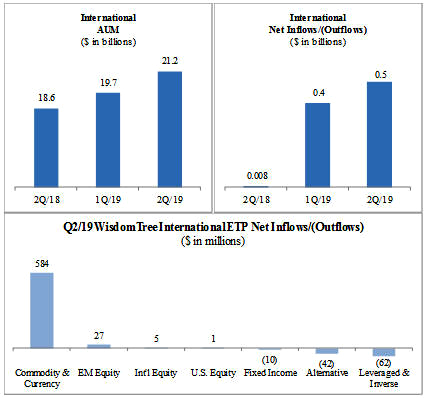In June 2016, the FASB issued ASU
2016-13,
Financial Instruments-Credit Losses (Topic 326) – Measurement of Credit Losses on Financial Instruments
(ASU
2016-13).
The main objective of the standard is to provide financial statement users with more decision-useful information about the expected credit losses on financial instruments and other commitments to extend credit held by a reporting entity at each reporting date. In issuing this standard, the FASB is responding to criticism that today’s guidance delays recognition of credit losses. The standard will replace today’s “incurred loss” approach with an “expected loss” model. The new model, referred to as the current expected credit loss, or CECL, model, will apply to: (1) financial assets subject to credit losses and measured at amortized cost, and (2) certain
off-balance
sheet credit exposures. The standard is applicable to loans, accounts receivable, trade receivables, and other financial assets measured at amortized cost, loan commitments and certain other
off-balance
sheet credit exposures, debt securities (including those
held-to-maturity)
and other financial assets measured at fair value through other comprehensive income, and beneficial interests in securitized financial assets. The CECL model does not apply to
available-for-sale
debt securities. For
available-for-sale
debt securities with unrealized losses, entities will measure credit losses in a manner similar to what they do today, except that the credit losses will be recognized as allowances rather than reductions in the amortized cost of the securities. Accordingly, the new methodology will be utilized when assessing our financial instruments for impairment. As a result, entities will recognize improvements to estimated credit losses immediately in earnings rather than as interest income over time, as they do today. The ASU also simplifies the accounting model for purchased credit-impaired debt securities and loans. ASU
2016-13
also expands the disclosure requirements regarding an entity’s assumptions, models, and methods for estimating the allowance for loan and lease losses. ASU
2016-13
is effective for years beginning after December 15, 2019, including interim periods within those fiscal years under a modified retrospective approach. Early adoption is permitted for the periods beginning after December 15, 2018. We are currently evaluating the impact that this standard will have on our consolidated financial statements and plan to adopt this standard on January 1, 2020.





